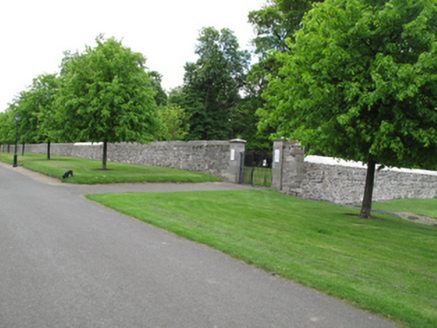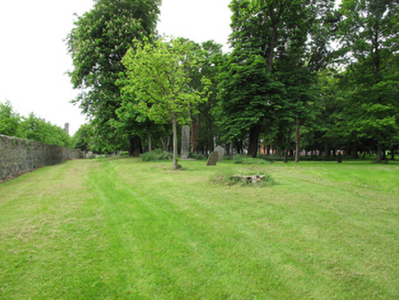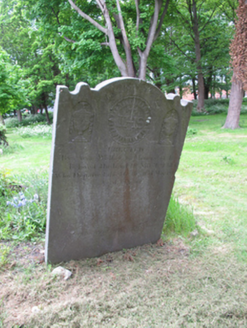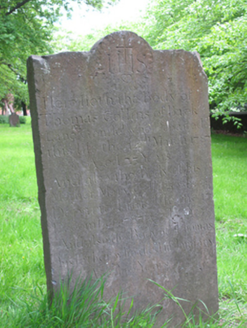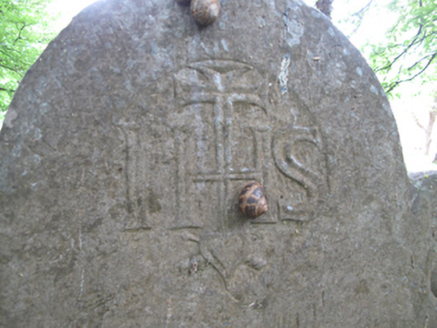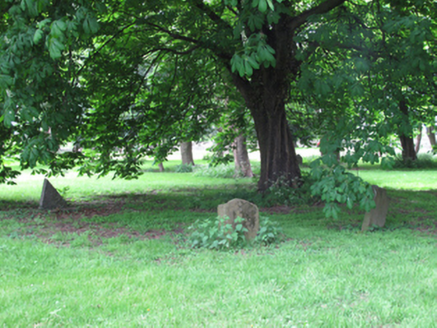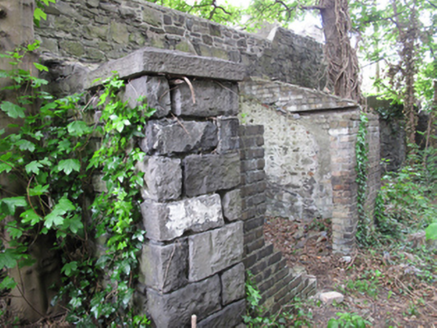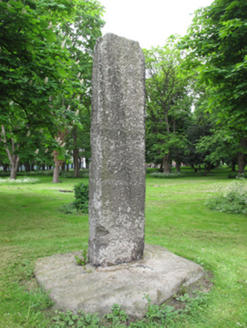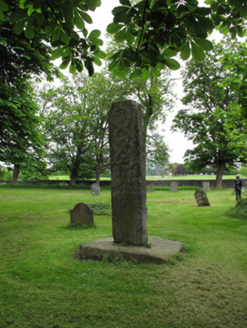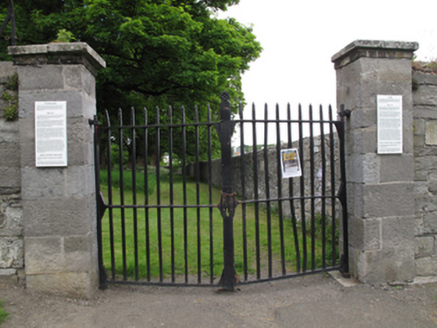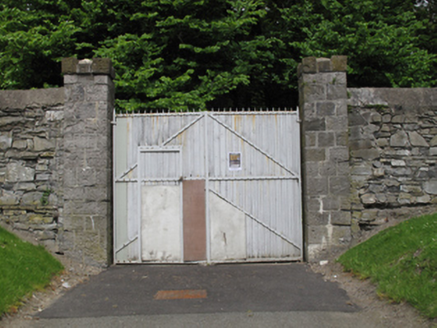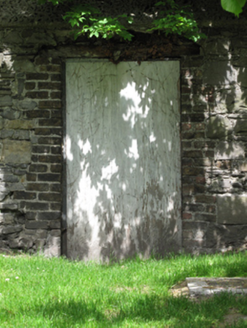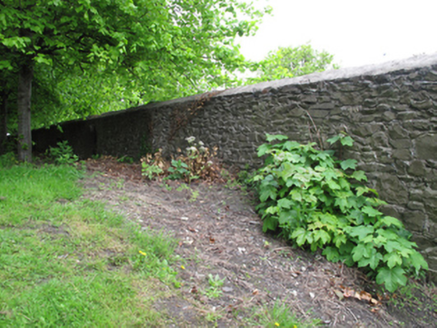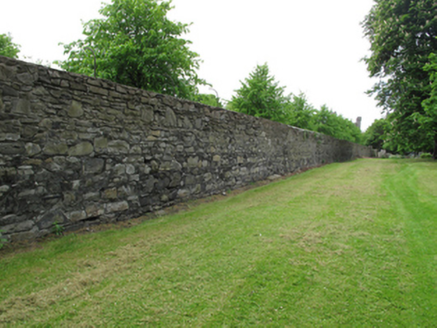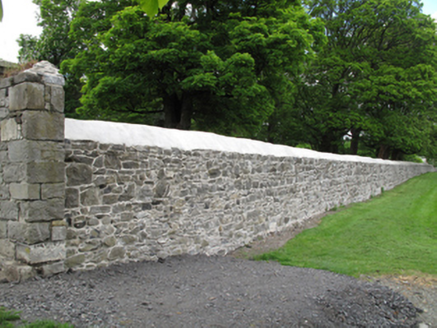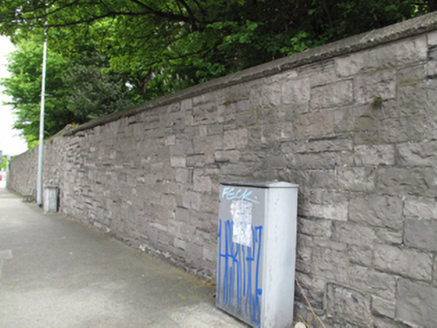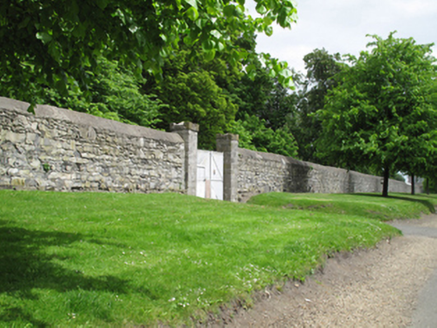Survey Data
Reg No
50080054
Rating
Regional
Categories of Special Interest
Archaeological, Artistic, Historical, Social
Previous Name
Royal Hospital Kilmainham
Original Use
Graveyard/cemetery
In Use As
Graveyard/cemetery
Date
1750 - 1770
Coordinates
312827, 233809
Date Recorded
22/05/2013
Date Updated
--/--/--
Description
Graveyard with c.70 headstones dating from 1764 to 1832, some having ‘IHS’ motif. Incorporating earlier burials, from c.1200 onwards. Granite shaft of high cross set on granite plinth, with carvings to each elevation. Remains of brick lean-to structure to south-west of site. Rubble limestone boundary walls enclosing graveyard, render coping to east, granite coping to west. Gateways to south boundary wall, one having square-profile tooled limestone piers with pointed caps and double-leaf wrought-iron gates. One with square-profile tooled limestone piers with castellated capping and double-leaf timber battened gates. Square-headed door opening to south boundary wall, red brick surround, timber door.
Appraisal
Also known as the ‘Hospital Fields’, Bully’s Acre is sited on the former grounds of the Priory of Saint John, which was established by the Knights Hospitaliers in the twelfth century and remained in use until the dissolution of the monastery during the reformation. Considered to be common ground, burials could take place there without the payment of fees and it was popular with the working class population of Dublin, particularly of the Liberties. The fact that it was also used by the relatively well-off indicates that there were religious motivations in terms of the desirability of burial on ground associated with a monastery. In the eighteenth century Royal Hospital officials attempted to curb activity on the site, removing the headstones, levelling graves and burying the ancient cross shaft. Bully’s Acre remained in use as a cemetery until a cholera epidemic in 1832 led to overcrowding. There are historic associations with Bully’s Acre, as the high cross shaft which stands near the entrance is traditionally associated with the burial of Murrough, son of Brian Boru, who died at the Battle of Clontarf in1014, and Brian himself camped near here on the eve of the battle. Robert Emmett was temporarily interred here, before being moved to a final resting place, the location of which is not known. This site attests to the long-standing ecclesiastical presence in the locality, and is of significant importance in the social history of the area.
